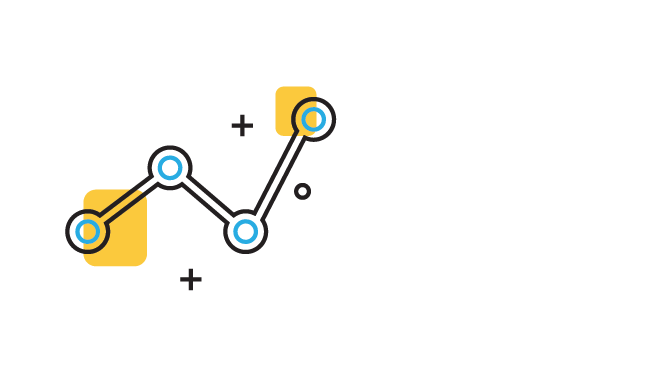Our Solutions - Operating Model and Organisation Design
Designing Effective Organisations
To effectively design your operating model or organisation (i.e. future ways of working), you need to align your people and structure to the value in your organisation. Our approach isn’t science – it’s structured and disciplined, underpinned by key concepts, and guided by your business’ vision and strategy.
We’ve built a rigorous way to help organisations improve performance, reduce costs, increase collaboration and better address their market. By putting the customer and strategy at the heart of the process, we ensure strategic initiatives and ways of working are aligned to commercial outcomes and tangible measures of success. Our approach to operating model and organisation design is focused on articulating the responsibilities across your functions and how you plan to interact as an organisation to deliver an outstanding client experience.
The challenges organisation design can solve
Re-shaping a business in support of new strategy/direction
Integration of businesses or functions
Identifying efficiencies or more effective future ways of working
Successful and efficient formation of new teams or functions
Clarity on roles and responsibilities within and across teams
The understanding of dependencies in your business
The promotion of good governance
Spreading leadership and managerial load across senior staff
Providing career structure and pathways for your people
Workforce planning.
Want to know more about our approach to change and how we can help? Contact us today to schedule a consultation.
“I’ve been thoroughly impressed by the Levant team: they wasted no time in delivering value from Day 1, brought clarity were there was ambiguity, and persevered through challenging times. A delight to work with – friendly, professional and insightful - and I couldn’t recommend them any higher.”
How we work: Our approach to operating model and organisation design
While there’s no one size fits all approach designing your operating model or organisation, our approach would typically see us work through the following steps with you.
1. Agree design principles that reflect your vision
Create prescriptive design principles that reflect the type of organisation you want to be in the future, and use them to guide upcoming work.
2. Define what you do to create value
Ensure your business has a clear picture of what it does and how it creates value. Making sure everyone is clear on this will ensure your future ways of working deliver the results you want.
3. Clarify roles, responsibilities and dependencies
Use a framework to map the involvement of different roles in your business to how it creates value. We do this in a collaborative way with people across the business, ensuring credibility and buy in of the outcome.
4. Define effective interactions and governance
Work with the team to agree on how relationships and dependencies across the business will be managed and monitored.
5. Translate ‘operating model’ into an org’s structure
Translate your future ways of working into a structure that brings your new business model to life. In doing this, we take note of future capability, capacity, contribution and configuration.
Key concepts
Our operating model and organisation design work focuses on a few key concepts. Here’s an overview of them.
Value Chain
The Value Chain represents the activities that an organisation performs in order to deliver their purpose (i.e. a valuable product or service). Each link in the Value Chain adds a component of value that is required to progress.
Operating Model
The Operating Model is the chosen way an organisation wants to operate to deliver the Value Chain. Generally, it is a visual representation that encompasses the strategy, strengths, environment and priorities of your organisation.
Functional Model
The Functional Model represents the logical split of the Operating Model into initial organisational groupings. As a precursor to the Organisation Structure, it translates the sets of responsibilities within the Value Chain into buckets.
Organisation Structure
The Organisation Structure is your operational agreement that represents the departments, teams and roles required to deliver your Operating Model. The final product will reflect many factors, including the capability, capacity, contribution and other configuration elements prevalent in your organisation.
We provide solutions for organisations in a wide range of industries, including but not limited to:
Government
Utilities
Retail
Financial and Insurance Services
Healthcare and Social Assistance
Professional, Scientific and Technical Services
Transport, Postal and Warehousing
Not for Profit.
Want to know more about our approach to change and how we can help you? Contact us today to schedule a consultation.
Read our organisation design case studies
Our approach to operating model and organisation design is based on a tried and tested methodology. It has helped countless organisations align their ways of working to their strategy and improve overall efficiency and effectiveness. Read some of our case studies to learn how we helped.












